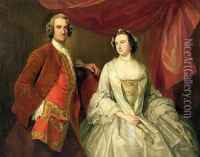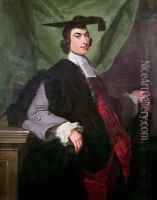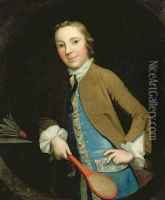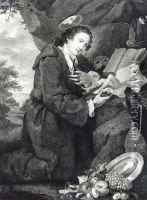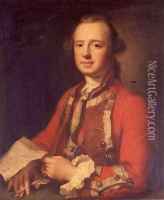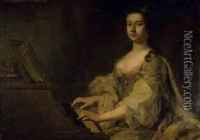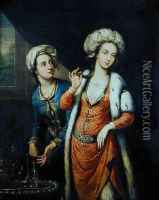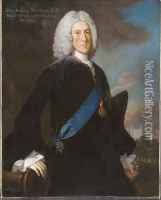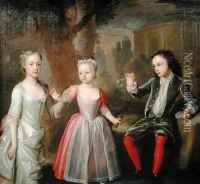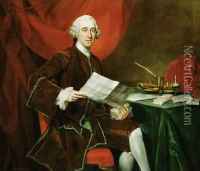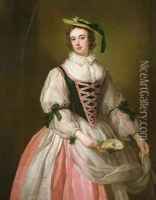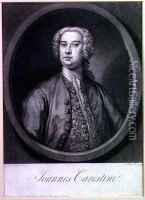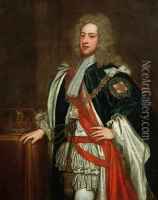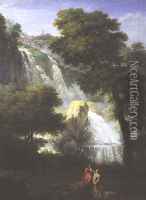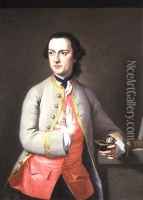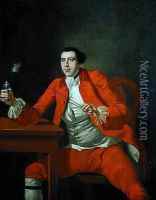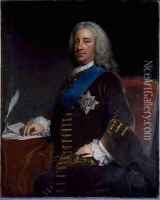George Knapton Paintings
George Knapton was an English portrait painter born in 1698. He was the son of John Knapton, a London bookseller. Knapton studied at the Godfrey Kneller Academy of Painting and Drawing in Great Queen Street, London, and became a proficient portraitist. In 1741, he was appointed as the first Portrait Painter to the Society of Dilettanti, a group of noblemen and gentlemen who sponsored the study of ancient Greek and Roman art, and the creation of new works in the classical style.
Knapton's role with the Society of Dilettanti was significant. He painted many members of the society in a series of portraits that were notable for their use of classical allusions and attire, which helped to popularize the neoclassical style in England. His work for the society helped to define the visual style of the British elite in the mid-18th century, combining grandeur with a sense of personal intimacy.
Aside from his work with the Society of Dilettanti, Knapton also painted portraits of the British royalty and other notable figures of the time. His style was influenced by the Grand Tour, a cultural trip across Europe undertaken by many wealthy young men of the period. The Grand Tour was intended to enrich their education and introduce them to the classical arts and the Renaissance masters.
Knapton's portraits are characterized by a relaxed elegance and often include artifacts or scenery that suggest the interests or status of the sitter. His works can be found in various art collections, including those of the National Portrait Gallery in London.
George Knapton's contribution to British portraiture and his role in the early development of the neoclassical style make him an important figure in the history of 18th-century British art. He died in 1778, leaving behind a legacy that reflects the cultural and artistic tastes of his time.
